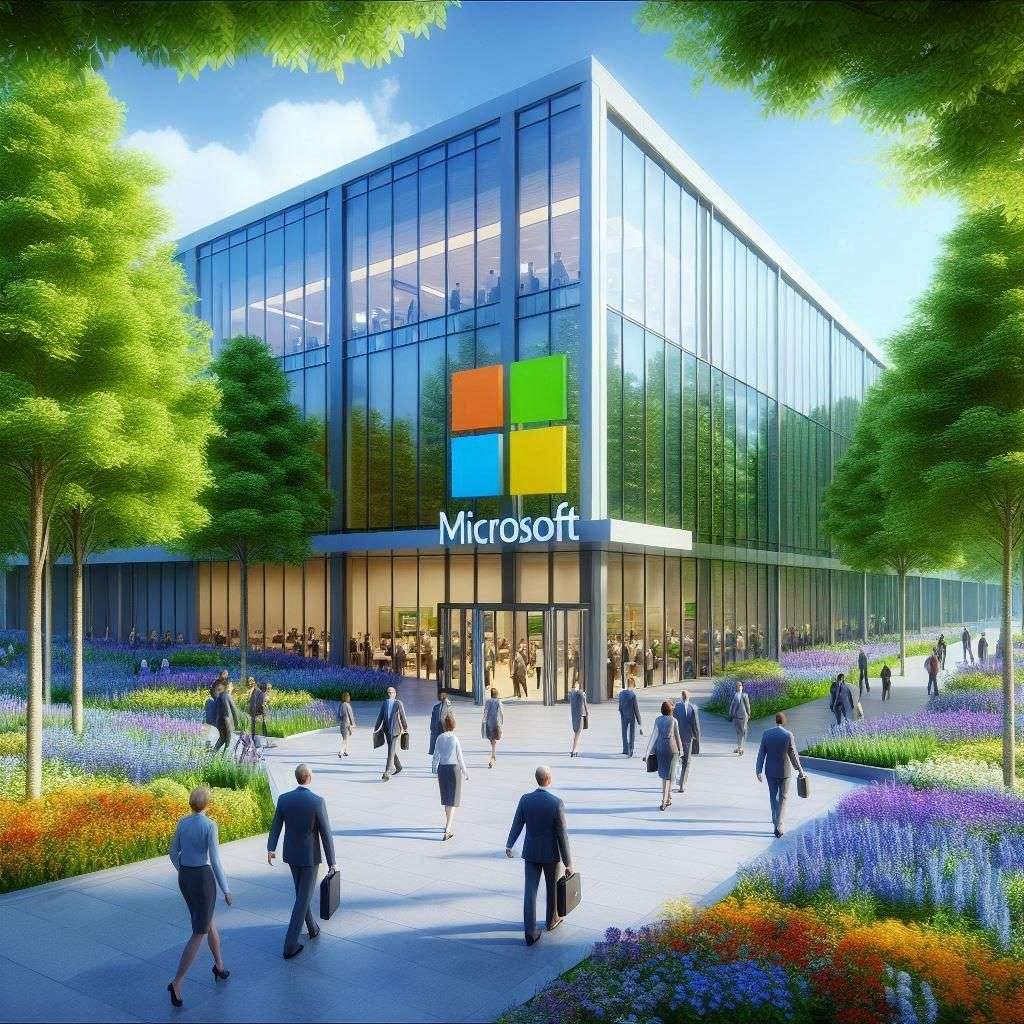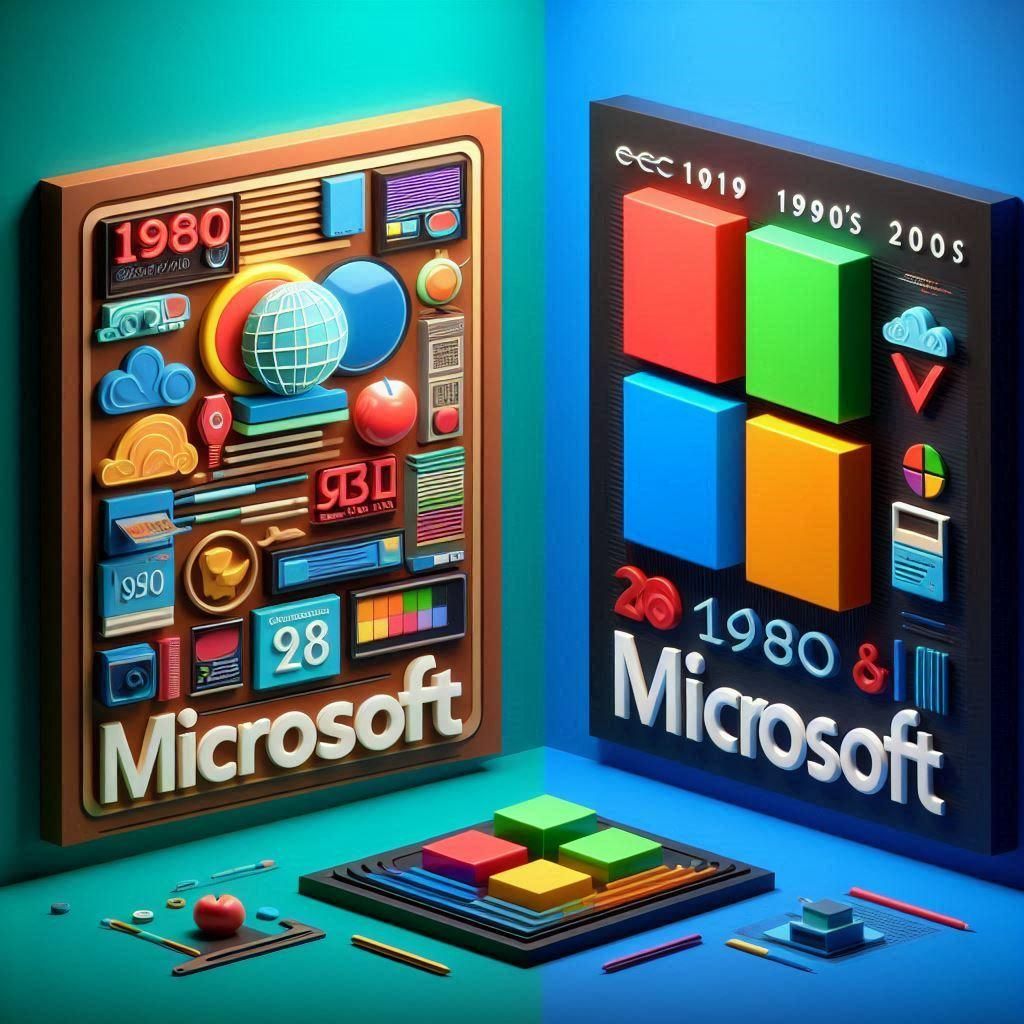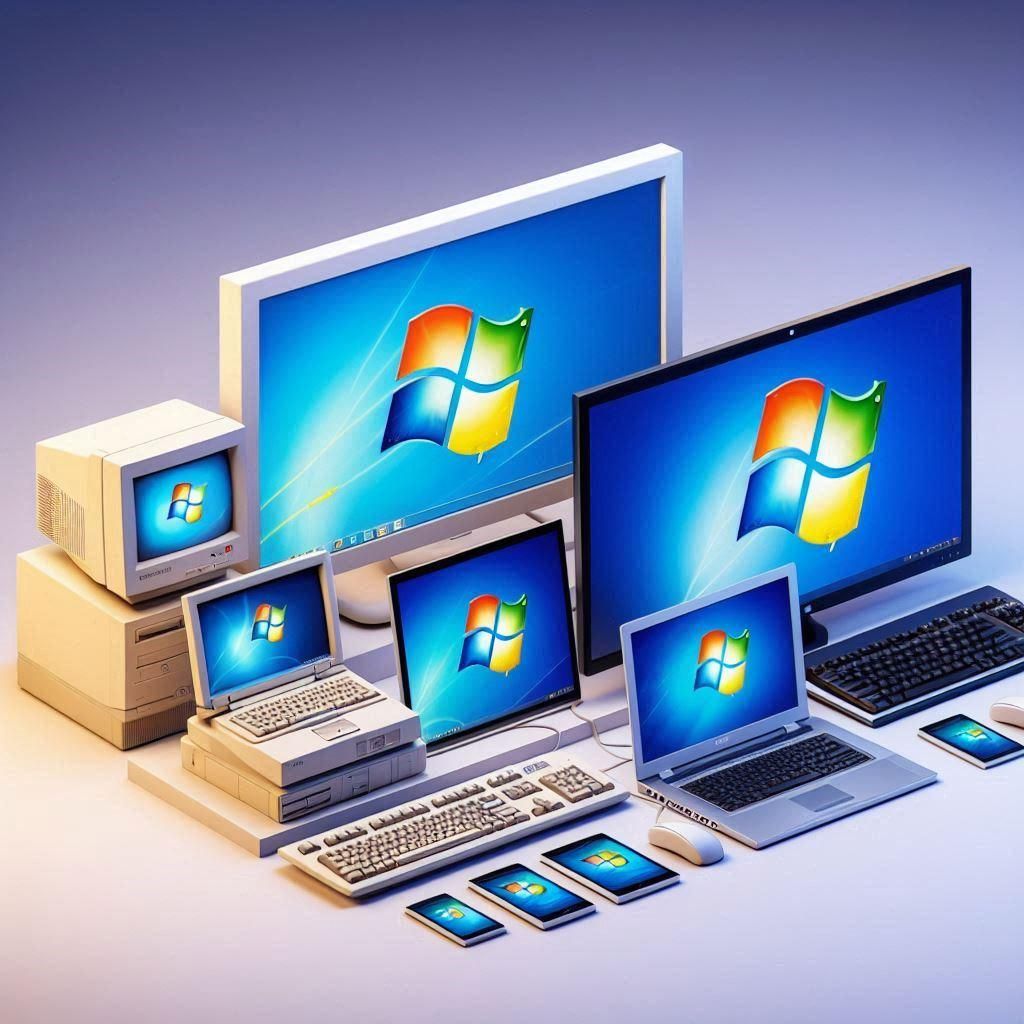Advertisement
We have all heard of Microsoft, the company that is behind the lion's share of operating systems from around the world. But this behemoth has had a very interesting journey from its humble beginning back in 1975 to now being one of the biggest technology companies in the world.
Over the years, Microsoft created famous products like Windows and Office and faced challenges like legal battles and tough competition. Their story is one of growth, innovation, and overcoming obstacles.
The initial years of Microsoft
Americans enjoy hearing stories of inventors working in garages, from Ben Franklin's experiments to Thomas Edison's innovations at Menlo Park. This is also partially correct for Microsoft but not entirely.
Bill Gates and Paul Allen did not start Microsoft like typical garage entrepreneurs on April 4th, 1975. Allen worked as a programmer at Honeywell while Gates was studying mathematics and computer science at Harvard University.
However, despite their backgrounds, they began the company from a garage in Albuquerque, New Mexico.
Initially, it was set up specifically to create software for MITS, which made Altair computers. The first product they made was an interpreter of BASIC that enables users to write and run programs on Altair computers.
They named it “Microsoft, being short for Microcomputer Software, because this reflected the trend towards miniaturization in the computing industry.
This tactic turned out to be a great success. From there on, Gates and Allen went on to develop their own version of BASIC and other programming languages, selling interpreter software to manufacturers.
The company recorded its initial $1 million in sales in 1978 and relocated to Bellevue, Washington, in 1979.
Nevertheless, Microsoft’s big break came in 1980 when IBM asked them for their help to create an operating system for their personal computers, eventually leading to the development of MS-DOS.

How MS-DOS shaped modern Microsoft and the PC market
The Microsoft we see today was primarily shaped by the operating system market.
For example, right after its release, most personal computer companies started using MS-DOS as their operating system instead of IBM’s OS/2, which became its main competitor. UNIX and Linux were also available, but they were never mainstream.
This happened during the period Apple entered the consumer computer market but did not engage one another directly. They both ended up controlling the PC market, albeit through different ways.
While Microsoft was licensing DOS and later Windows to manufacturers, Apple built devices specifically designed for running only Apple software.
While Apple’s approach resulted in more advanced, reliable, and efficient computers, it also put the company at a distinct disadvantage in the marketplace.
Microsoft, on the other hand, used a licensing system that allowed them to reach out to far more consumers at a lower price range.
When it released Windows as the first version of the operating system in 1985, an industry standard emerged with MS-DOS leading while Apple trailed behind.
Advertisement
Windows only went ahead of MS-DOS when Windows 3.0/3.1 was launched. In 1986, the company moved to its present location at Redmond, Washington State, and became public.
In 1995, Microsoft introduced Windows 95, a revamped version of its Windows OS, which employed that very basic design format upon which, some would argue, it has been relied on till now.
That same year, Microsoft released Internet Explorer for web browsing, which would end up creating problems that many technology CEOs know all too well today.

The problem with Microsoft’s monopoly
By 1995, approximately 90% of the world’s personal computers ran Microsoft’s operating systems and its popular Office products.
This unprecedented market dominance hadn’t been seen since the Bell System telephone monopoly was dismantled by the Justice Department and clashed with U.S. antitrust laws.
Microsoft's position as the dominant company in the market created a unique challenge for regulators and lawyers. The usual antitrust framework assumes that monopolies hurt consumers by limiting competition and, consequently, stifling innovations, which means lesser choice and higher prices.
However, the example of Microsoft was different from this general view. Although it generated massive amounts of money during the 90s, the nature of computer technology introduced network effects into discussions on antitrust.
Different from other monopolistic situations of the past, Microsoft’s monopoly seemed to be enhancing functionality with its spread. There was standardization that improved efficiency and communication in computer technology.
The rising number of Windows operating system users made networks easier to build across various offices for companies. Similarly, easy document sharing between users became possible due to the wide application of Microsoft Office software packages.
This posed a puzzle to regulators: how do you deal with monopolies that, in some respects, benefit both consumers and businesses? Nevertheless, the Justice Department and attorney generals from 20 states filed an antitrust action against Microsoft in 1998.
Microsoft was found guilty of monopolistic practices, faced a breakup proposal, and eventually settled in 2001, agreeing to restrict its business practices and enhance competition in the tech industry.
In 2001, Microsoft launched the Xbox, one of its most successful product lines. The Xbox has become one of the three dominant video game systems in the market, alongside Sony's PlayStation and Nintendo's offerings.

Microsoft's resurgence and evolution
It seems that Microsoft has now come back from the errors of the 2000s. Over the 2010s, it ventured into smartphones and tablets with Windows 8 and Windows 10 versions specifically made for them.
The Microsoft Surface was also introduced as a highly popular alternative to the iPad, which has been successful due to its cheaper price point and greater range of functions.
In several ways, Microsoft today is on the same footing as Apple during the 1980s with respect to having more accessible and widespread products compared to its rival’s premium product lines.
There have been several changes at the top in MSFT leadership over this time. In December 2000, Bill Gates retired from being CEO of Microsoft, handing over the mantle to Steve Ballmer, but continued to be significantly involved in software as well as product development.
Gates completely stepped down from his day-to-day activities in 2008. Ballmer bowed out too in 2014, leaving Satya Nadella as CEO, who holds this position until today.
Advertisement





